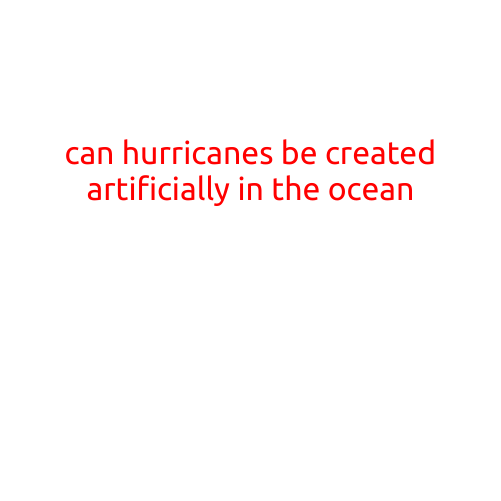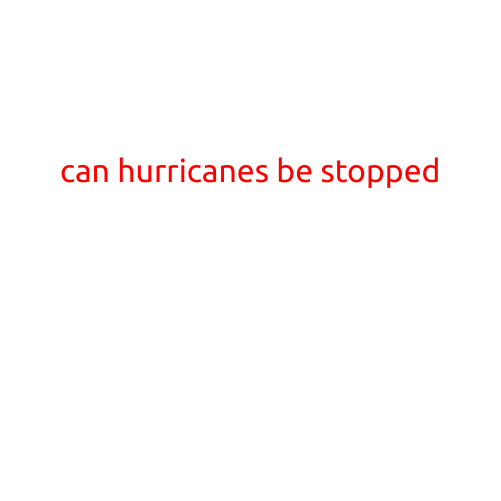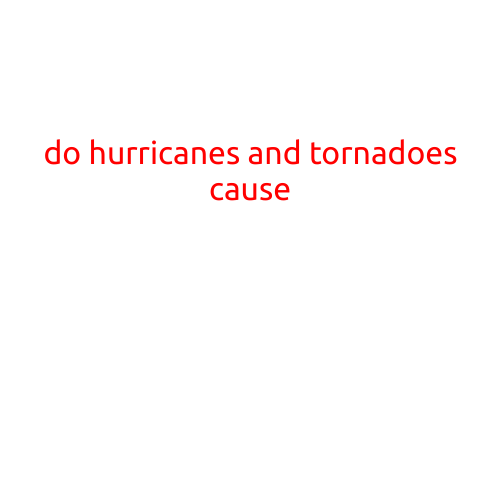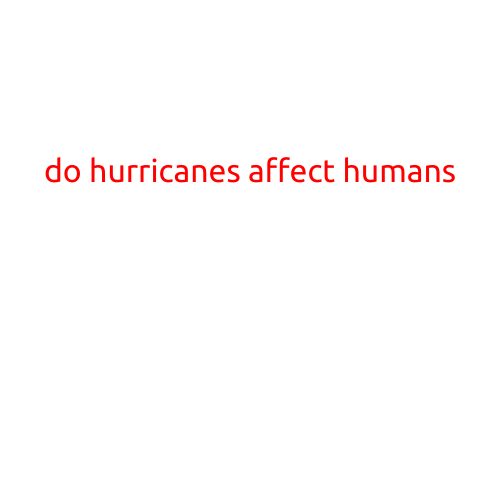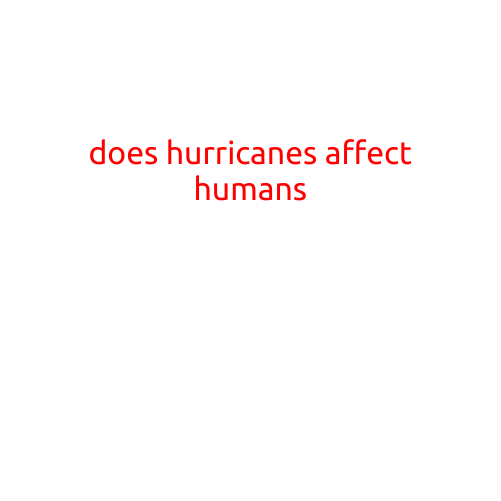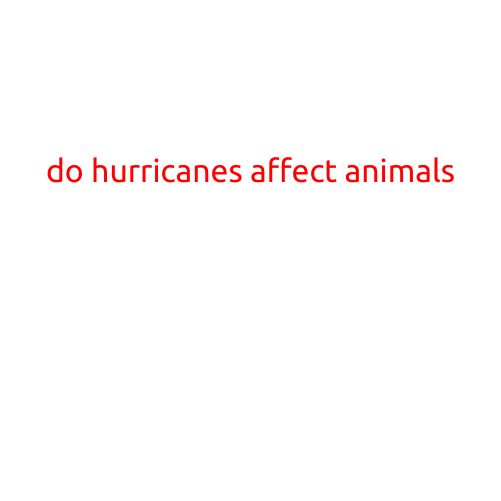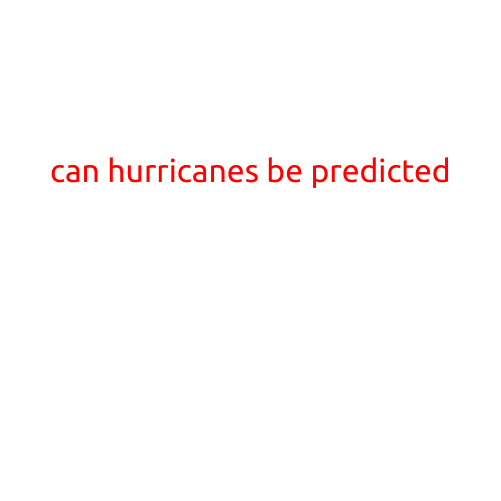
Can Hurricanes be Predicted?
Hurricanes are powerful and destructive natural disasters that can bring catastrophic loss of life and property. The ability to predict hurricanes accurately has been a major concern for scientists, emergency management officials, and policymakers. In recent years, significant advances have been made in hurricane prediction, but can these storms be predicted with sufficient accuracy to save lives and reduce damage?
The Complexity of Hurricane Prediction
Hurricanes are complex weather systems that form over warm ocean waters, fueled by heat and moisture. Their behavior is influenced by a multitude of factors, including ocean currents, atmospheric conditions, wind patterns, and geographical features. The rapid movement and unpredictable changes in hurricane trajectory make them challenging to track and predict.
Current Predictive Capabilities
Hurricane prediction has improved significantly over the years, thanks to advances in meteorology, computer modeling, and data collection. Today, hurricane forecasting is conducted using a combination of:
- Satellite imagery: Satellites orbiting the Earth collect high-resolution images of the atmosphere, oceans, and land, providing valuable data on cloud formation, wind patterns, and storm intensity.
- Radar and observational networks: Ground-based radar and observational networks collect data on wind speed, pressure, and precipitation, helping to refine forecast models.
- Computer modeling: Advanced computer models, such as those using ensemble forecasting and data assimilation techniques, simulate hurricane behavior, incorporating multiple variables and scenarios to generate accurate predictions.
- Numerical weather prediction (NWP) models: NWP models, like the Global Forecast System (GFS) and the European Centre for Medium-Range Weather Forecasts (ECMWF) model, use complex algorithms to simulate weather patterns, including hurricanes.
Predictive Accuracy: Room for Improvement
While significant progress has been made, there is still a gap between the desired level of accuracy and the current state of hurricane prediction. According to the National Oceanic and Atmospheric Administration (NOAA), the mean absolute error (MAE) for hurricane track prediction is around 100-150 miles (160-240 kilometers) for 5-day forecasts.
Challenges and Limitations
Several factors contribute to the current limitations of hurricane prediction:
- Initial condition uncertainty: Small errors in initial data can propagate quickly, leading to inaccuracies in forecast models.
- Model complexity: Advanced computer models can be computationally expensive and require large amounts of data, making them difficult to run and interpret.
- Data scarcity: Data gaps and limitations in observational networks can hinder the accuracy of predictions.
- Complexity of hurricane behavior: Hurricanes’ unpredictable changes in intensity, size, and trajectory make them difficult to forecast with precision.
Future Directions and advancements
Researchers are working to overcome the challenges faced in hurricane prediction by:
- Developing advanced data assimilation techniques: Techniques that incorporate new data sources, such as drones and aircraft observations, to improve forecast accuracy.
- Improving model complexity and resolution: Enhancing computational power and model complexity to better represent storm behavior.
- Enhancing observational networks: Expanding and upgrading observational networks to provide more accurate and timely data.
- Investing in research and development: Funding research on new predictive tools, such as artificial intelligence and machine learning approaches.
Conclusion
While significant progress has been made in hurricane prediction, there is still room for improvement. By addressing the challenges and limitations outlined above, researchers and scientists can continue to refine forecast models and predict hurricanes with greater accuracy. As we continue to advance our understanding of these powerful storms, we can work towards saving lives and reducing damage, ensuring a safer and more resilient society for generations to come.
